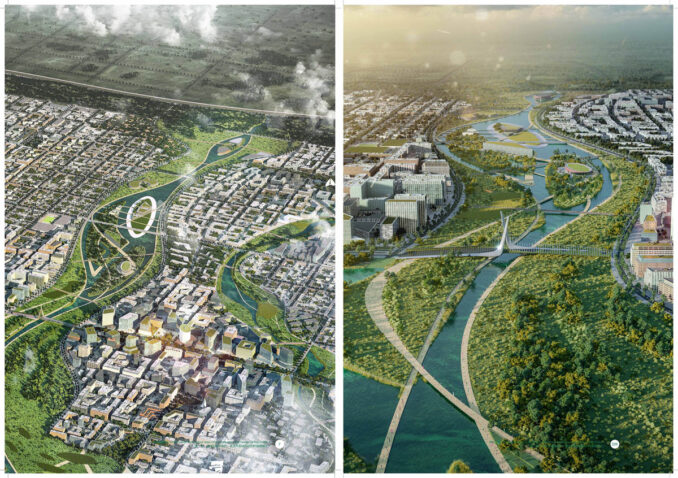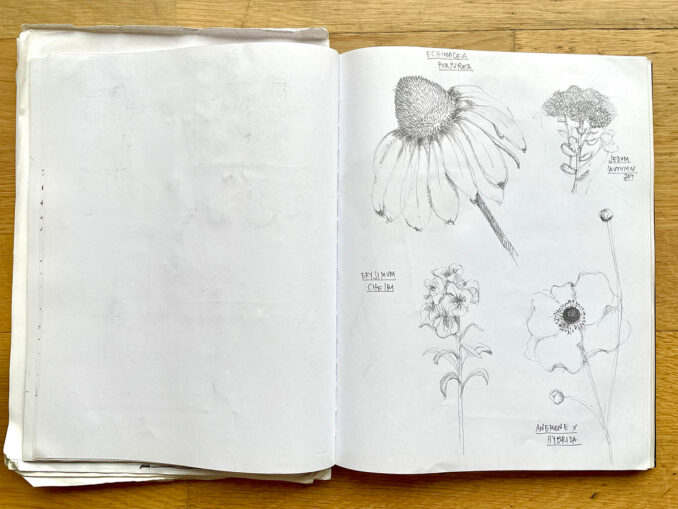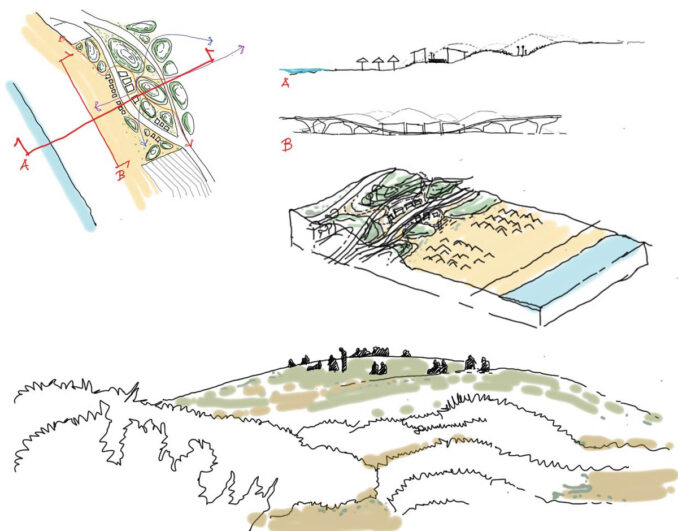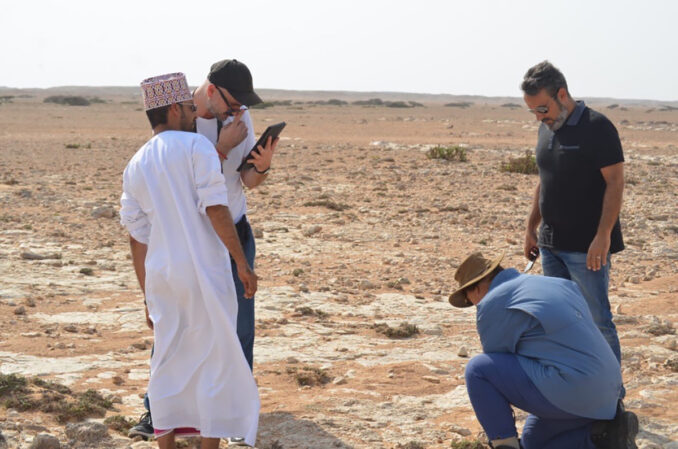As part of World Landscape Architecture Month, we are profiling various landscape architects from around the world. WLA is happy to profile Paolo Damone, Senior Landscape Architect for Arup in London, UK.

Paolo is a creative landscape architect and skilled communicator with an international background and outlook. He has extensive experience leading large, complex, multi-disciplinary projects across various sectors. Paolo joined Arup in 2016, having previously worked as an architect and landscape architect in Italy, France, and the UK. He is a chartered architect and landscape architect in Italy and joined the Architects Registration Board (ARB) upon moving to London.
With dual training and a holistic perspective, Paolo has been involved in diverse projects spanning masterplans, street and public spaces, parks, strategic frameworks, design codes, as well as construction and project delivery. His international project experience extends across Europe, the UK, GCC, China, and South America, providing him with a deep understanding of cultural and design contexts within these regions.
Presently, Paolo is honing his expertise in the Nature-based Solution (NbS) sector, focusing on their application for generating climate resilience, particularly in the Global South. He firmly believes that NbS are a potent tool in addressing the global climate crisis while simultaneously contributing to creating communities that are resilient to climate change, environmentally sensitive, and supportive of the local economy.

WLA: Why did you become a landscape architect?
Growing up in a family deeply connected to farming, where nature wasn’t a backdrop but our way of life, I quickly grasped the importance of showing care and support for the environment. Nature was more, than a source of food for us; it was an entity that we needed to comprehend and protect. This early upbringing instilled in me a respect for the ecosystems that surround us. That’s why I decided to pursue a career as a landscape architect. I wanted to explore the workings of nature comprehend its systems and create spaces that blend seamlessly with nature while also making contributions to it. Furthermore, art, hand-sketching, and drawing have been a passion of mine since childhood, nurtured by my father who encouraged me to illustrate plants, fruits, flowers, etc. —all meticulously recorded in his annual journal! Becoming a landscape architect felt like a natural progression, combining my love for art with my respect for nature, and empowering me with the knowledge and tools to create environmentally friendly spaces that honour the land that has always sustained us.

WLA: How do you start the design process?
Beginning the design process is a meticulous endeavour that hinges on a comprehensive understanding of various factors. With my experience working on international projects, I’ve refined an approach that prioritises local context, cultural nuances, and site-specific considerations. Recognising the background, social history along with present trends of the region lays the groundwork, while a deep understanding of local landscape character areas informs decisions on use of native planting preferably and biodiversity enhancement. Analysing existing ecological corridors, climate patterns, and engaging in a participatory process with local communities enriches the design further. Site visits and conversations with locals are indispensable, providing invaluable insights into elements like colours, materials, textures, and planting. Once equipped with this wealth of information, the design process flows naturally, resulting in solutions that not only integrate seamlessly with the surroundings but also resonate deeply with the community they serve.

WLA: What is your approach to landscape design?
At the core of my approach to landscape design lies a deep commitment to prioritising key aspects such as people, inclusivity, biodiversity, sustainability, and climate resilience. I firmly believe that designing spaces that cater to all these elements is paramount in creating environments that truly enhance the quality of our cities. As landscape architects, we possess the unique ability to integrate these components seamlessly, crafting meaningful spaces that serve as catalysts for improving people’s life. Whether it’s a pathway in a local park or an immersive experience in a botanic garden, my designs aim to reconnect people with nature. These spaces offer opportunities for reflection, leisure activities, sports, and most importantly, social interaction. By fostering a harmonious relationship between humans and the environment, my approach to landscape design seeks to enrich communities and promote holistic well-being.

WLA: What is the most rewarding part of being a landscape architect?
The most rewarding aspect of being a landscape architect is the opportunity to contribute to shaping a better world, as encapsulated in Arup’s motto. Every project I undertake, whether it’s designing an urban parklet or developing policy guidance for implementation of Nature-based Solutions in public infrastructure projects, holds the potential to combat climate change. I find immense satisfaction in knowing that every design decision I make contributes to this larger goal of environmental stewardship. For me, the most satisfying aspect of being a landscape architect lies in the ability to influence projects at a wide catchment scale. These projects have a profound impact and offer numerous benefits across environmental, social, cultural, and economic dimensions.
Thank you to Paolo for taking the time to answer WLA’s questions about working as a landscape architect.
